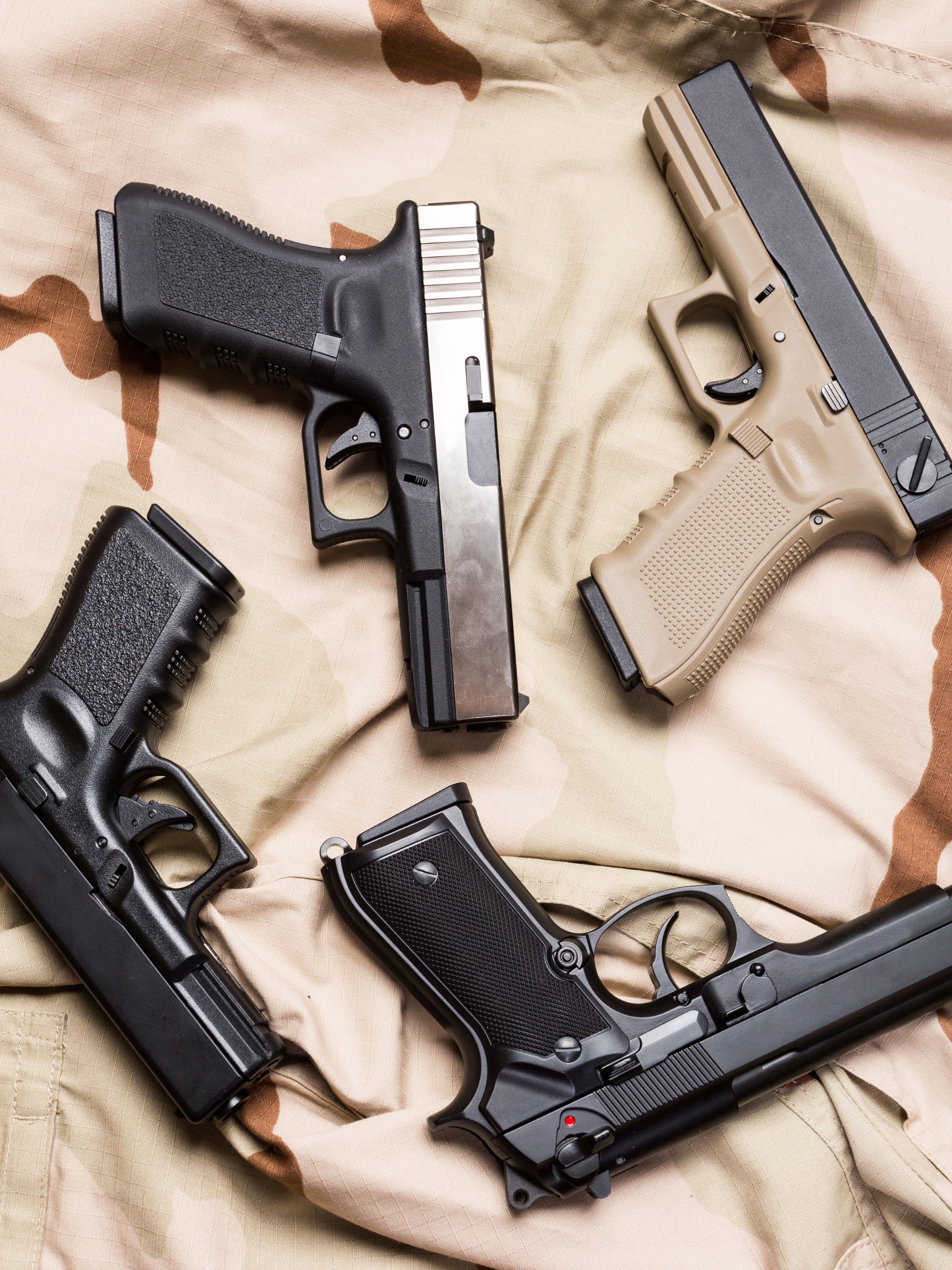If you’re a gun enthusiast, you may run into debates about carbon versus stainless steel and which is better for guns. Each type of steel offers unique benefits and has certain drawbacks, so it’s important to know the distinct qualities of each material before making a gun purchase. Let’s explore the characteristics of carbon and stainless steel guns to help you make an informed decision about which material best suits your needs.
Advantages of Carbon Steel for Gun Manufacturing
Guns made from carbon steel typically have a higher resistance to wear and tear compared to their stainless steel counterparts. Manufacturers can harden the material to a significant degree, enhancing its resilience and lifespan under rough handling and adverse conditions.
Additionally, carbon steel is less malleable than stainless steel. This means that carbon steel is less prone to denting and bending than its softer alternative.
Benefits of Stainless Steel for Gun Manufacturing
Many people who live in areas with harsh weather conditions prefer using stainless steel firearms. Unlike carbon steel, stainless steel contains chromium, which forms a passive layer of chromium oxide on the material’s surface. This property protects the gun from rust and moisture and is beneficial for users who handle their guns in outdoor or humid environments.
Furthermore, stainless steel does not require the same level of maintenance as carbon steel. For instance, typical stainless steel maintenance and cleaning tips include simple, routine wiping and occasional oiling to maintain the material’s sheen and operational integrity. These cleaning practices are much less demanding than the upkeep required for carbon steel.
Disadvantages of Using Stainless Steel and Carbon Steel
Despite their advantages, both materials have their downsides. Carbon steel is prone to rusting if not properly maintained. It requires a diligent maintenance routine including regular oiling and drying, especially if used in damp conditions.
Meanwhile, stainless steel is generally softer than carbon steel. This softness can lead to quicker wear and tear if you use your firearm often, as the material is less durable against physical impacts.
Cost also plays a crucial role; stainless steel is typically more expensive than carbon steel due to the high chromium content. This increase in cost can make stainless steel guns less accessible to buyers on a strict budget.
It’s All a Matter of Personal Preference
Ultimately, the choice between carbon and stainless steel for guns comes down to personal preference and your specific needs. If you prioritize longevity, you may prefer carbon steel. However, if you live in a coastal or humid area and have concerns about corrosion, stainless steel will likely serve you better.
When choosing the best material for firearms, it’s essential to consider the environmental conditions, usage frequency, and maintenance commitment. Both materials have distinct advantages and drawbacks. This means that the debate over carbon versus stainless steel and which is better for guns will continue, reflecting the complex and varied demands of gun users and makers alike.
Casey Cartwright
Latest posts by Casey Cartwright (see all)
- Firearm Safety Tips for Boaters and Dock Owners – March 31, 2025
- 5 Competitive Handgun Shooting Tips for Better Accuracy – March 28, 2025
- How To Properly Dispose of Your Firearm and Its Ammunition – March 25, 2025

Leave a Reply